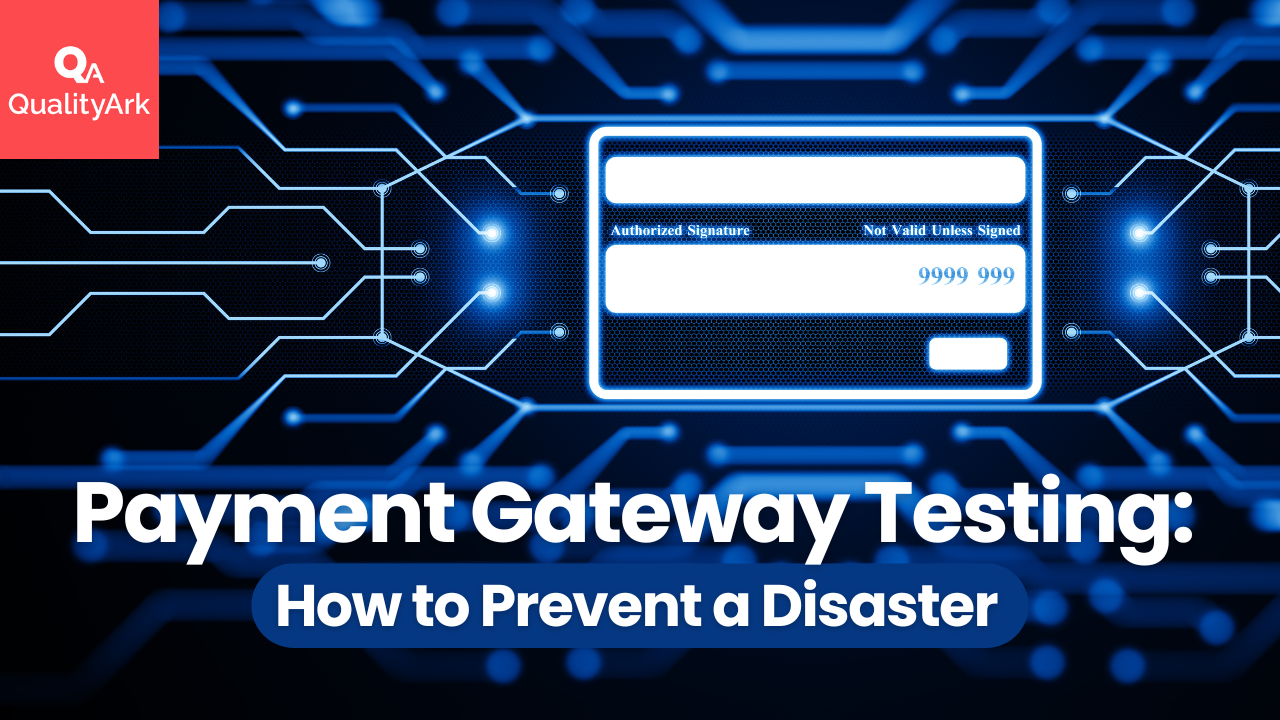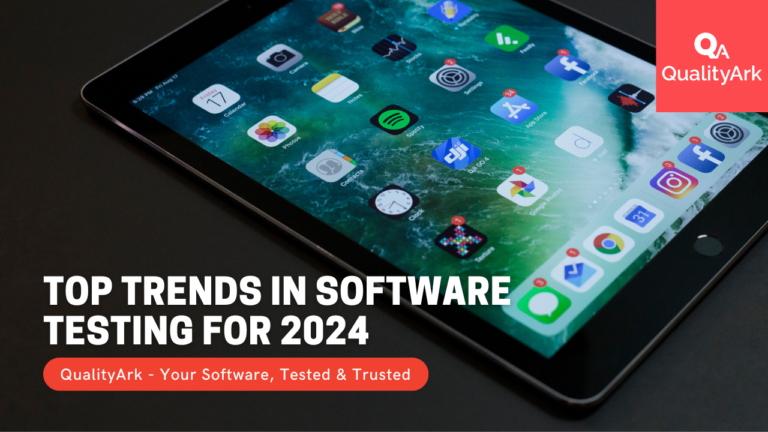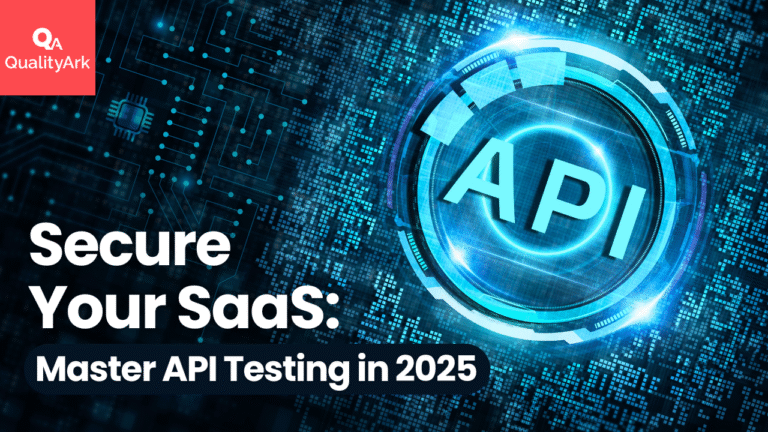Payment Gateway Testing: How to Prevent a Disaster
What Exactly Is a Payment Gateway?
A payment gateway functions as the digital nerve center of modern e-commerce, serving as an IT system that mediates the authorization and processing of electronic payments between online stores, financial institutions, customers, and payment processors. This sophisticated infrastructure connects diverse payment methods – from traditional credit cards through BLIK and bank transfers, to modern digital wallets like Apple Pay or Google Pay – while ensuring secure transmission of sensitive financial data according to the highest international security standards.
For Software as a Service (SaaS) companies, payment gateways represent the financial backbone of their entire business model. These systems must flawlessly execute recurring billing cycles, manage automatic subscription renewals, handle complex pricing tier migrations, and facilitate multi-currency settlements for global customer bases. When a payment system fails in a SaaS environment, the consequences extend far beyond a single lost transaction – it can disrupt entire subscription renewal cycles, directly eroding Monthly Recurring Revenue (MRR) and fundamentally damaging long-term customer lifetime value.
What Threats Do Payment Gateways Face?
Payment gateways face an increasingly complex array of threats that can cripple operations within seconds. Technical infrastructure vulnerabilities include system overloads during high-traffic periods, hardware failures (servers, storage systems, network components), integration problems between different systems, and application code errors. Modern e-commerce experiences flash sales and viral campaigns that can increase normal load by 1000% or more within minutes.
Security threats have become increasingly sophisticated, with attackers employing advanced persistent threat (APT) techniques specifically designed to infiltrate financial systems. Distributed Denial of Service (DDoS) attacks have evolved into multi-vector assaults that overwhelm both network bandwidth and application-layer resources. Man-in-the-middle attacks intercept communications between customers and payment systems using compromised networks or malicious applications, remaining undetected while harvesting sensitive financial data.
The regulatory landscape continues to evolve rapidly, creating compliance challenges that extend beyond basic requirements. The Payment Card Industry Data Security Standard (PCI DSS) regularly updates requirements for network segmentation and vulnerability management. The European Union’s Payment Services Directive 2 (PSD2) fundamentally changed payment authentication through Strong Customer Authentication (SCA) requirements. GDPR creates additional complexity around customer consent management and cross-border data transfers. Non-compliance can result in fines reaching 4% of annual global turnover.

Why Comprehensive Payment Gateway Testing Is Non-Negotiable
Payment gateway testing extends beyond simple functional verification – it represents a comprehensive risk management strategy protecting revenue streams, brand reputation, and customer relationships. Testing must encompass multiple dimensions simultaneously: functional validation of every transaction scenario, performance testing under extreme load conditions, and security assessment against sophisticated attack vectors.
Functional testing must validate successful payments across all supported methods, various failure modes (declined cards, insufficient funds, expired cards), partial payment processing, refund handling, subscription management workflows, multi-currency processing accuracy, and integration with loyalty programs. This includes edge cases like transactions during time zone changes, leap year processing, currency conversion during market volatility, and handling payments from countries with specific regulatory requirements.
Performance testing requires simulating not just normal traffic patterns but extreme spikes during major sales events, viral campaigns, or competitor outages. Load testing scenarios should include gradual increases mirroring real growth, sudden spikes simulating flash sales, sustained high-load periods testing long-term stability, and failure recovery validation when components are restored after outages.
Payment Gateway Crises in History
PayPal Global Outage: November 2024
PayPal experienced a global outage in November 2024 that lasted about two hours and affected many of the company’s products. The outage impacted account withdrawals, express checkout, cryptocurrency functions, and several other features. Downdetector recorded a peak of problem reports at 8,735 reports. Users worldwide couldn’t log into their accounts, causing panic – many thought their accounts had been hacked.
Stripe’s 2019 Multi-Hour Outage
Stripe, one of the world’s most popular payment gateways, also had its problems. In 2019, a several-hour outage caused thousands of online stores to be unable to process card payments. This was particularly painful for e-commerce companies in North America.

The Hidden Costs of Inadequate Testing: A Comprehensive Analysis
The immediate financial consequences extend beyond simple lost transactions. During outages, companies typically experience abandoned cart rates increasing by 300-500%, customer acquisition costs spiking as advertising continues driving traffic to broken checkout processes, and customer lifetime value degradation through negative first impressions.
Payment failures disproportionately damage brand perception because they occur at the most critical customer journey moment – the purchase commitment point. Research indicates customers experiencing payment issues are 60% less likely to attempt another purchase within 30 days, even after resolution. Social media amplification creates lasting reputation damage extending far beyond incident duration, with complaints remaining visible in search results for years.
For subscription businesses, failed renewals create particularly complex ripple effects. Beyond lost current revenue, they disrupt customer billing cycles, create proration complications, increase involuntary churn rates, and complicate win-back campaigns. Customer service costs escalate dramatically, with support volumes increasing 500-1000% during payment failures, requiring immediate resolution and senior staff attention.
Case Study: A Sale That Turned into a Disaster
We know of a case involving a large e-commerce retail chain that experienced losses during a major sale when the payment gateway system couldn’t withstand increased load. The company was preparing for the biggest sale of the year – marketing was perfectly prepared, warehouses filled with merchandise, customer service team reinforced with additional staff.
However, preparations didn’t include thorough checking of the payment gateway’s technical infrastructure. In particular, no one verified the condition of hardware components that worked without problems under normal load.
When traffic on the site increased multiple times during the sale, and the number of payment transactions reached record levels, the infrastructure couldn’t withstand the operation intensity. Customers couldn’t complete purchases, carts were abandoned, and for several crucial hours, the company effectively couldn’t sell online.
The losses were significant – both in terms of lost revenue and reputation. Most painful was that the entire situation could have been avoided. Appropriate load tests conducted in advance would have revealed system weak points, and the cost of necessary upgrades would have been small compared to the losses incurred.

Emergency Response and Business Continuity
Payment failures require immediate, coordinated response including technical personnel understanding payment workflows, business stakeholders making quick financial decisions, customer service representatives managing affected customers, compliance officers handling regulatory requirements, and executives authorizing emergency expenditures.
Backup systems require more than simple server clustering due to complex state management and regulatory requirements. Geographic distribution provides disaster protection but creates complexity around data sovereignty, multi-jurisdiction compliance, and varying currency regulations. Regular failover testing requires coordination with processors and banking partners to avoid triggering fraud systems or violating processing agreements.
Why Act Now?
Preparations for the next shopping season – whether Black Friday, Cyber Monday, or holiday periods – should begin now. The earlier you identify potential problems, the more time you’ll have to solve them. What should you consider?
Software quality audit should include code review, unit and integration tests, security analysis, and performance optimization. Experienced QA specialists can find problems that may only manifest under high load.
Load testing is an investment that pays back multiple times. Simulating peak period traffic allows identification of system bottlenecks and preparation of appropriate solutions. It’s better to conduct such tests under controlled conditions than to discover system limitations during actual sales.
Capacity planning helps determine whether current infrastructure is sufficient or requires expansion. Sometimes the problem can be solved through code optimization, other times increasing computing power or network throughput is necessary.
Emergency procedures must be thought through and practiced. What will you do when the main server fails? How quickly can you switch to backup solutions? Do you have a communication plan with customers in case of problems?
Not Testing? You’re Testing Your Customers’ Patience.
In the world of SaaS and e-commerce, there’s no room for delays, errors, and user frustration. A stuck payment? That’s not just a lost transaction, but also a signal: „They can’t be trusted.”
Peak sales periods are not the time for experiments, but for achieving goals. Don’t wait for problems – act proactively and ensure payment systems are reliable. Because if you don’t test your gateway… your customer will do it for you. And that test might cost you much more than you think.
Start your audit today so you can sleep peacefully during Black Friday.
Book a free QA consultation!







